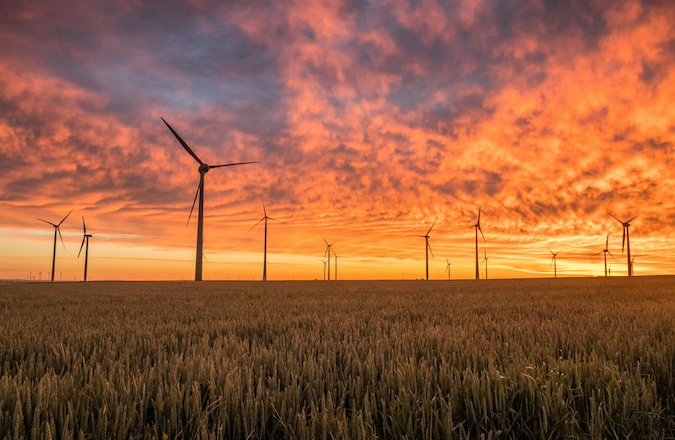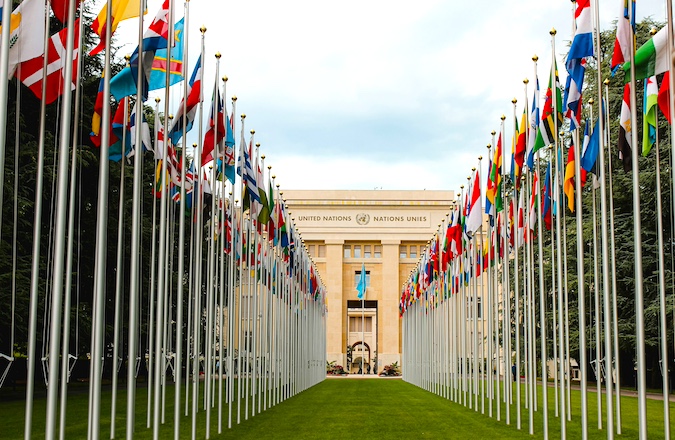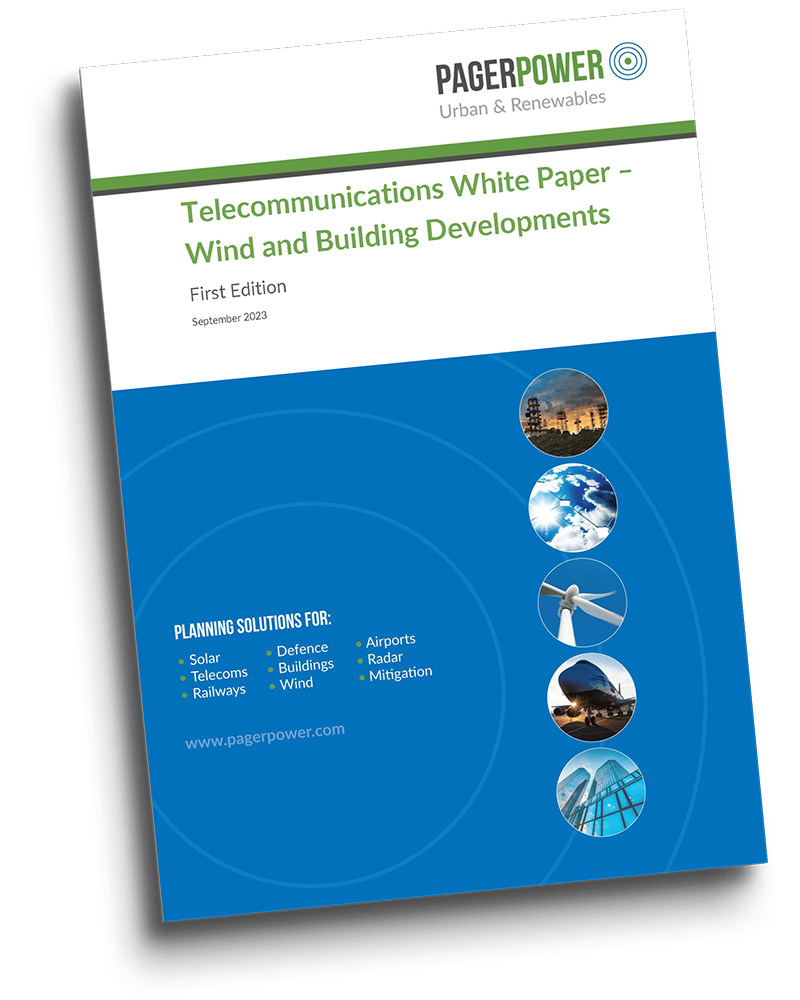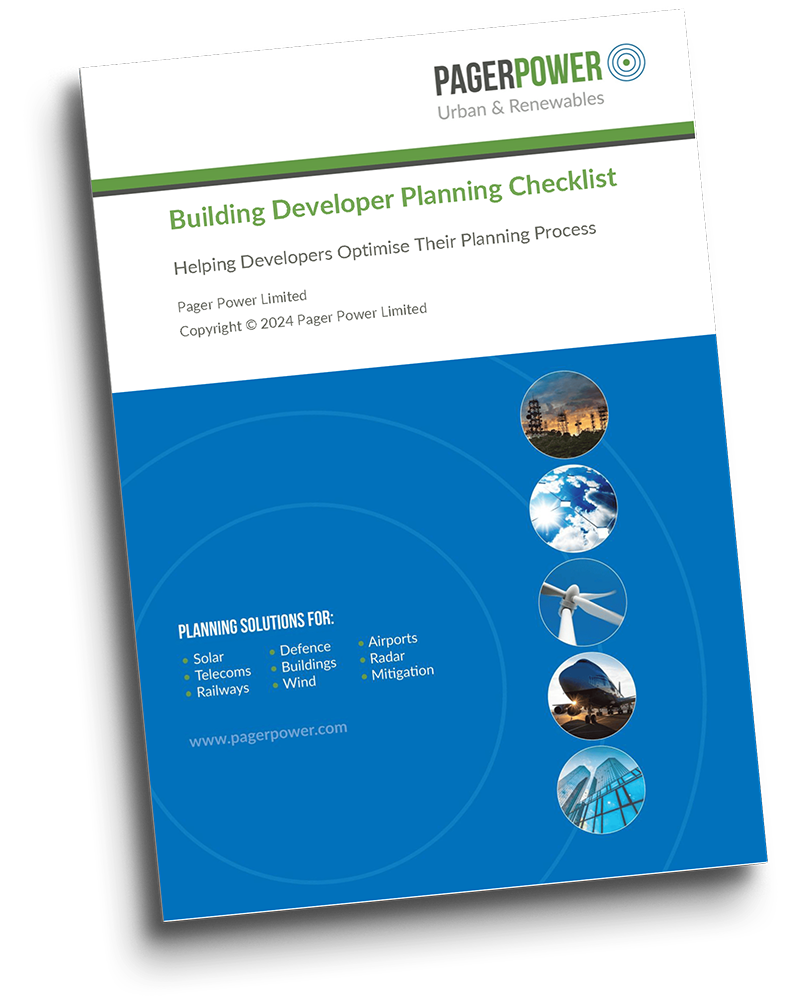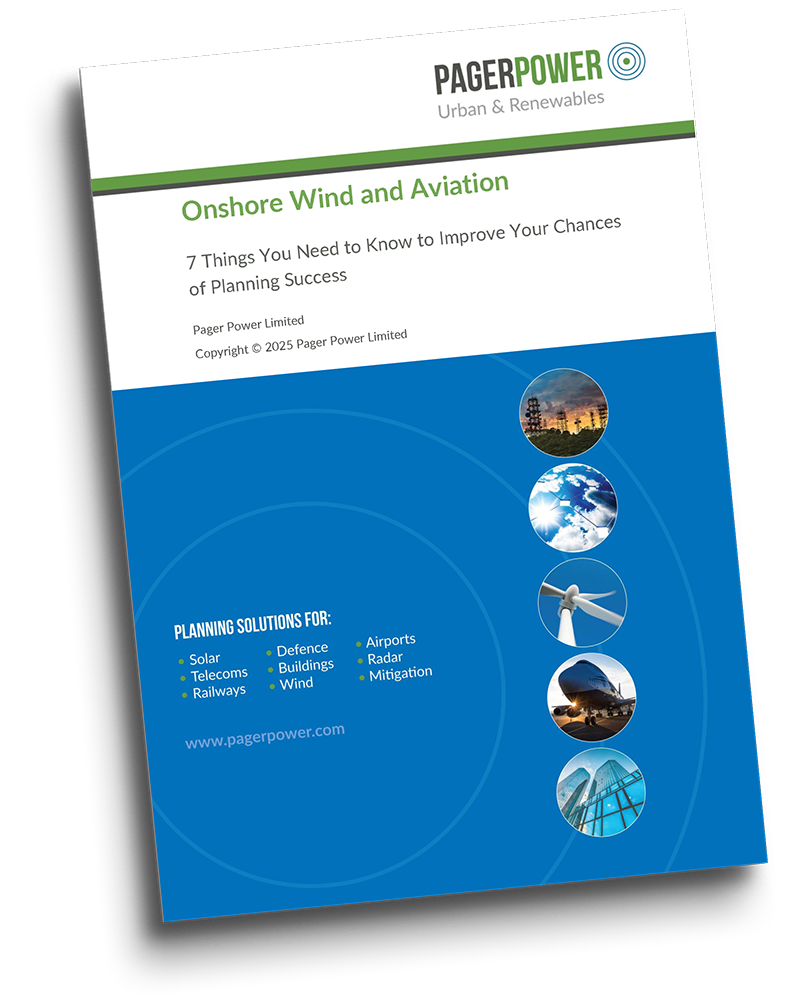Earth Overshoot Day: How We’re Using Nature’s Budget Too Fast
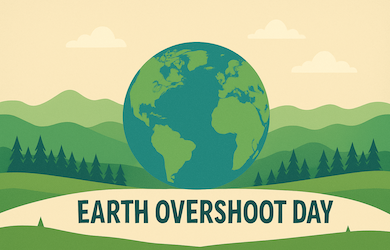
Every year, there is a date that reveals a lot about us and the way we live. It’s called Earth Overshoot Day, the moment when we have used up all the natural resources Earth can regenerate in a whole year [1], [2]. It’s like a snapshot of our lifestyle, showing the rate at which we consume and how this impacts the Earth. In 2025, that day came even earlier than before. It’s a reminder that we’re using more than our planet can give back, and that is a problem we all need to pay attention to.
Think of Earth like your monthly budget of natural resources like water, forests, clean air, fertile soil, and so much more. Earth Overshoot Day is the day we have spent our “budget” for the year. After that, we’re dipping into our planet’s savings, taking more than it can replenish.
In the 1990s, this day showed up in October. Now, in 2025, it is closer to late July. That means we are burning through nature’s resources faster than ever. This date is announced every year on World Environment Day (June 5th) [3].
Why Does It Matter?
When we overuse Earth’s resources, forests shrink, animals lose their homes, soils wear out, and clean water becomes scarce. This contributes to deforestation, biodiversity loss, soil degradation, water scarcity, and climate change. Crossing this signals that we are living on ecological credit, borrowing resources from the future. Using up resources too fast means more carbon pollution and climate change, which affects the weather, sea levels, and ecosystems around the world [4].
Not every country reaches its “overshoot day” at the same time. Countries with higher consumption habits tend to use up their share much faster than others. For example, the United States reaches its overshoot day in mid-March, while some countries may still have resources left later in the year [5], [6].
This shows that our habits, what we buy, how much energy we use, and how we travel add up. But it also means some countries need to change more drastically than others.
How is it Calculated?
Calculating Earth Overshoot Day needs two variables. The first is the planet’s biocapacity, which is how many resources Earth can produce in a year, and the second is our ecological footprint, which is how many resources we consume in that same year. The biocapacity is then divided by the ecological footprint and multiplied by 365. The result tells us how many days into the year we can live sustainably before overshooting our limits [7].
You can calculate your own ecological footprint and find your personal Overshoot Day using this tool: https://www.footprintcalculator.org/home/en.
Toward a Sustainable Future
Reversing this trend requires systemic change:
- Transition to renewable energy: Reducing fossil fuel dependency, which then lowers carbon emissions and conserves resources;
- Sustainable agriculture: Practices like regenerative farming rebuild soil health and biodiversity;
- Circular economy models: Designing waste out of production loops and this conserves materials;
- Behavioural shifts: Minimising waste and mindful consumption collectively ease the ecological burden [8]. Across platforms like Instagram, TikTok, and YouTube, some influencers shape what feels trendy, desirable, and necessary. This promotes a lifestyle of constant buying and upgrading, which fuels overconsumption [9].
- Policy innovation: Governments must incentivise sustainable practices, regulate resource use, and support global cooperation [10], [11].
- Using apps or websites that make everyday choices more sustainable by rating products, explaining eco-labels, and offering tips for greener living. Examples include [12]:
-
-
- CLEVER – Scores the sustainability of consumer goods;
- Yuka – Analyses food and cosmetics;
- WWF – Online guides;
- Labelinfo.ch – Explains the meaning behind product labels;
- One Planet Network – Connects people and organisations working toward more responsible consumption worldwide.
-
Changing our cultural habits is a powerful step toward moving Earth Overshoot Day later and building a healthier planet for everyone. Earth Overshoot Day is not just a date on a calendar. It is a reminder that the way we live affects the planet and that we have the power to live differently. The earlier Earth Overshoot Day comes, the more urgent it is to rethink how we use resources and care for our world.
About Pager Power
Pager Power undertakes technical assessments for developers of renewable energy projects and tall buildings worldwide. For more information about what we do, please get in touch.
References
[1] G. Sweet, “Earth Overshoot Day: Using Up The Earth’s Annual Resources.” Accessed: Aug. 12, 2025. [Online]. Available: https://sustainabilitymag.com/news/earth-overshoot-day-using-up-the-earths-annual-resources
[2] “About Earth Overshoot Day – #MoveTheDate of Earth Overshoot Day,” Earth Overshoot Day. Accessed: Aug. 11, 2025. [Online]. Available: https://overshoot.footprintnetwork.org/about-earth-overshoot-day/
[3] “Press Release June 2025 English – Announcing Earth Overshoot Day 2025,” Earth Overshoot Day. Accessed: Aug. 11, 2025. [Online]. Available: https://overshoot.footprintnetwork.org/newsroom/press-release-june-2025-english/
[4] “What is Earth Overshoot Day and Why does it Matter?,” United Nations University. Accessed: Aug. 11, 2025. [Online]. Available: https://unu.edu/ehs/article/what-earth-overshoot-day-and-why-does-it-matter
[5] S. Malatyinszki, Z. Zéman, and B. G. Kálmán, “Resource productivity and sustainability—a comparison of two European countries,” Humanit. Soc. Sci. Commun., vol. 12, no. 1, p. 238, Feb. 2025, doi: 10.1057/s41599-025-04428-4.
[6] L. Eeckhout, “The Sustainability Gap for Computing: Quo Vadis?,” Commun ACM, vol. 68, no. 3, pp. 70–79, Feb. 2025, doi: 10.1145/3699595.
[7] “Country Overshoot Day 2025 calendar,” Earth Overshoot Day. Accessed: Aug. 11, 2025. [Online]. Available: https://overshoot.footprintnetwork.org/newsroom/country-overshoot-days/
[8] J. Marsh, “The Deinfluencing Trend Teaches Everyone To Combat Consumerism,” Environment Co. Accessed: Aug. 12, 2025. [Online]. Available: https://environment.co/deinfluencing/
[9] “(PDF) The Role of Social Media Influencers in Shaping Sustainable Purchasing Behavior: Genuine Consumer Interest or Impulsive Trends?,” ResearchGate, Aug. 2025, doi: 10.55529/jpome.51.63.77.
[10] “Sustainable Support Strategy,” GOV.UK. Accessed: Aug. 12, 2025. [Online]. Available: https://www.gov.uk/government/publications/sustainable-support-strategy/sustainable-support-strategy
[11] authorsalutation: |authorfirstname:Catherine|authorlastname:Friday|authorjobtitle:EY G. and E. A.-P. G. & I. I. Leader|authorurl:https://www.ey.com/en_uk/people/catherine-friday, authorsalutation:|authorfirstname:Meghan |authorlastname:Mills|authorjobtitle:EY G. G. & P. S. S. & O. L. E. G. S. and G. E. L. and F. C. Co-Leader|authorurl:https://www.ey.com/en_uk/people/meghan-mills, and authorsalutation: |authorfirstname:Julie|authorlastname:McQueen|authorjobtitle:EY G. G. & I. L. A.-E. Knowledge|authorurl:https://www.ey.com/en_uk/people/julie-mcqueen, “Six ways that governments can drive the green transition.” Accessed: Aug. 12, 2025. [Online]. Available: https://www.ey.com/en_uk/insights/government-public-sector/six-ways-that-governments-can-drive-the-green-transition
[12] “Earth Overshoot Day.” Accessed: Aug. 11, 2025. [Online]. Available: https://www.genevaenvironmentnetwork.org/resources/updates/earth-overshoot-day/https://www.pagerpower.com/wp-content/uploads/2025/08/EOD-thumbnail.png

